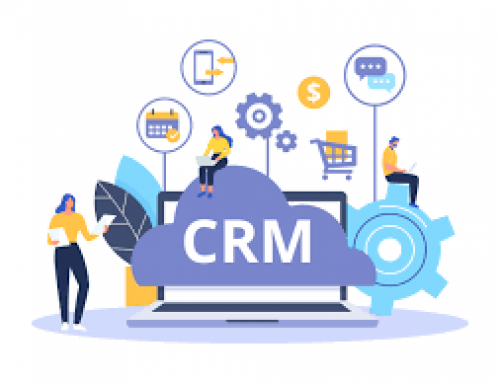
How Loan Officers Can Get More Mortgage Referrals
Mortgage referrals are the foundation of a successful mortgage business. Yet many loan officers focus solely on closing deals and miss the long-term value of building strong referral relationships.
In this post, we’ll explore how to consistently generate mortgage referrals from clients, agents, and professional partners—without coming across as overly sales-driven.
Why Referrals Matter in the Mortgage Industry
Referrals tend to convert faster and with less resistance because they come with built-in trust. According to the National Association of Realtors, 89% of home buyers would use their agent again or recommend them to others. That same trust extends to loan officers who deliver great service and stay in touch after the transaction.
But to see consistent referrals, you need a clear strategy and a system in place.
1. Ask at the Right Time (and in the Right Way)
Timing matters. Don’t wait until the final closing documents are signed—some of the best opportunities to ask for a referral happen earlier in the process.
For example, after a client receives their pre-approval or expresses appreciation for your help, say something like:
“If you know anyone else looking to get pre-approved, feel free to send them my way. I’d be happy to help them, too.”
Search intent keywords to include here: how to ask for mortgage referrals, when to ask clients for referrals.
2. Stay Top of Mind with Past Clients
You can’t expect past clients to refer you if they’ve forgotten your name. Consistent, value-based communication is essential—and this is where your mortgage CRM makes a difference.
Here’s how to stay in touch:
-
Monthly or quarterly check-ins via email or SMS
-
Home anniversary messages
-
Market updates or refinance opportunities
If you’re using Mloflo, these follow-ups can be fully automated using customizable templates built for loan officers.
3. Strengthen Your Real Estate Agent Relationships
Real estate agents can become a consistent referral source when you build real trust and deliver consistent updates. Use your CRM to:
-
Provide weekly updates on shared clients
-
Send success recaps post-closing
-
Schedule regular follow-up calls to check in
Consistency and communication are key. If you make their job easier and help the client feel informed, agents will remember—and refer—you.
4. Offer a Simple, Compliant Referral Incentive
Before launching any incentive program, make sure to check your company’s compliance guidelines and RESPA regulations. When allowed, even a simple thank-you gesture can go a long way:
-
Small appreciation gifts or handwritten notes
-
Shoutouts on social media
-
A “client of the month” spotlight in your newsletter
A great tool for creating eye-catching graphics is Canva. It offers a wide range of free templates and design elements that make creating professional visuals quick and easy.
Not all referral incentives are allowed, so always verify with your compliance department or company guidelines.
5. Make Referring Easy
Make it as easy as possible for someone to send you a referral. This can include:
-
A “Refer a Friend” link in your email signature
-
A short referral form using Mloflo’s new lead form builder (now in beta)
-
A dedicated landing page on your website with simple referral instructions
When people don’t have to think twice or jump through hoops, they’re much more likely to take action.
Final Thoughts
Getting more referrals starts with showing up, following through, and staying connected. You don’t need to ask aggressively or send constant reminders. By combining great service with a consistent communication strategy through a mortgage CRM like Mloflo, you’ll naturally increase your referrals and grow your business with less friction.






















